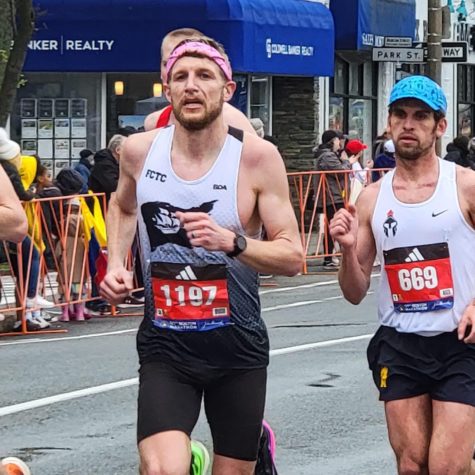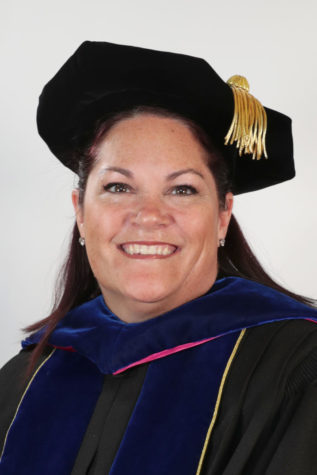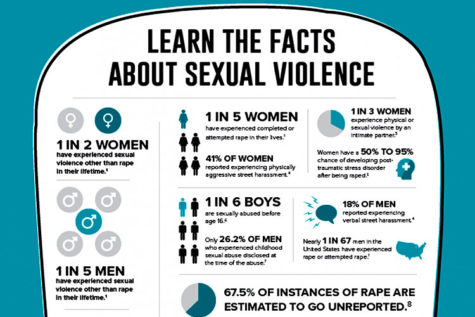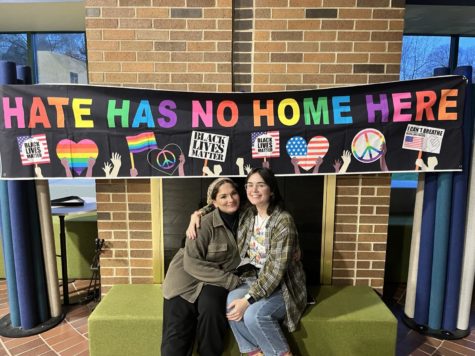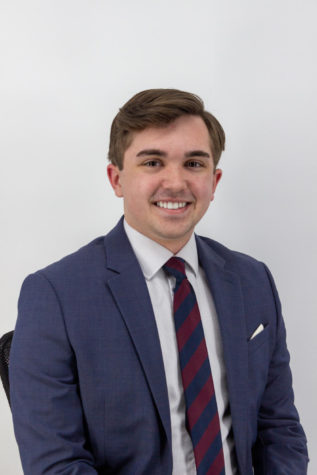Symes revolutionizes forensic anthropology field
November 17, 2015
Steven Symes, Ph.D, associate professor of forensic anthropology, who has been working in South Africa for the past several months, recently made an incredible discovery in the “Cradle of Humankind.”
Symes who specializes in trauma interpretations, brought his expertise to the field of paleoanthropology.
Through his research, Symes was able to determine how two ancient hominins, from the species Australopithecus sediba, died.
These fossils were found in a cavern system in Malapa, South Africa, which is close to many other paleoanthropology sites.
These hominins, known as Australopithecus sediba, were identified by Symes and his team of researchers to be one adult female and one juvenile male.
The remains, which could possibly be a mother and her child were found in anatomical position buried under sedimentary rocks.
The cause of death of the who individuals was most likely a fall from a significant height, which caused them to end up in the cavernous area. Symes was able to determine that the two probably tried to catch themselves as they fell.
“Symes was the first to say, “hold on a second_what if we look at this from a biomechanical point of view? Look at this from the point of view of force, and the biomechanics of the bone and look at things a bit differently. He basically changed the field,” Luis Cabo, the director of the forensic and bioarchaeology labs said.
One particular trauma that aided Symes in identifying what happened to the fossil was a fracture in the humerus.
The compression and tension of the bone and the position of the arm allowed Symes to determine that an impact was sustained by both individuals.
Due to Symes’ impressive forensic techniques, Cabo considers Symes the “father of modern trauma analysis” and his profound discoveries of the fossilized Australopithecus sediba remains will usher in more researchers in the field to use a more interdisciplinary approach.
“From a paleoanthropologist’s prospective, talking about broken bones and when they occurred has sort of been a wild conjecture. This is the first time, that I know, that they added a good forensic component. Somebody who is an expert in fracturing patterns and trauma to bone. This is a good thing. A combination of these disciplines, elevates the status of forensic anthropology and forensic sciences,” Dennis Dirkmaat, Ph.D, director of the applied forensic sciences and anthropology departments said.
“Anybody in the U.S. who has a case with bone trauma is going to think of us because of him,” Cabo said.
Symes already works on about 50 cases a year, but now due to his headway in these fossil discoveries, more opportunities will be open to both him and Mercyhurst.

